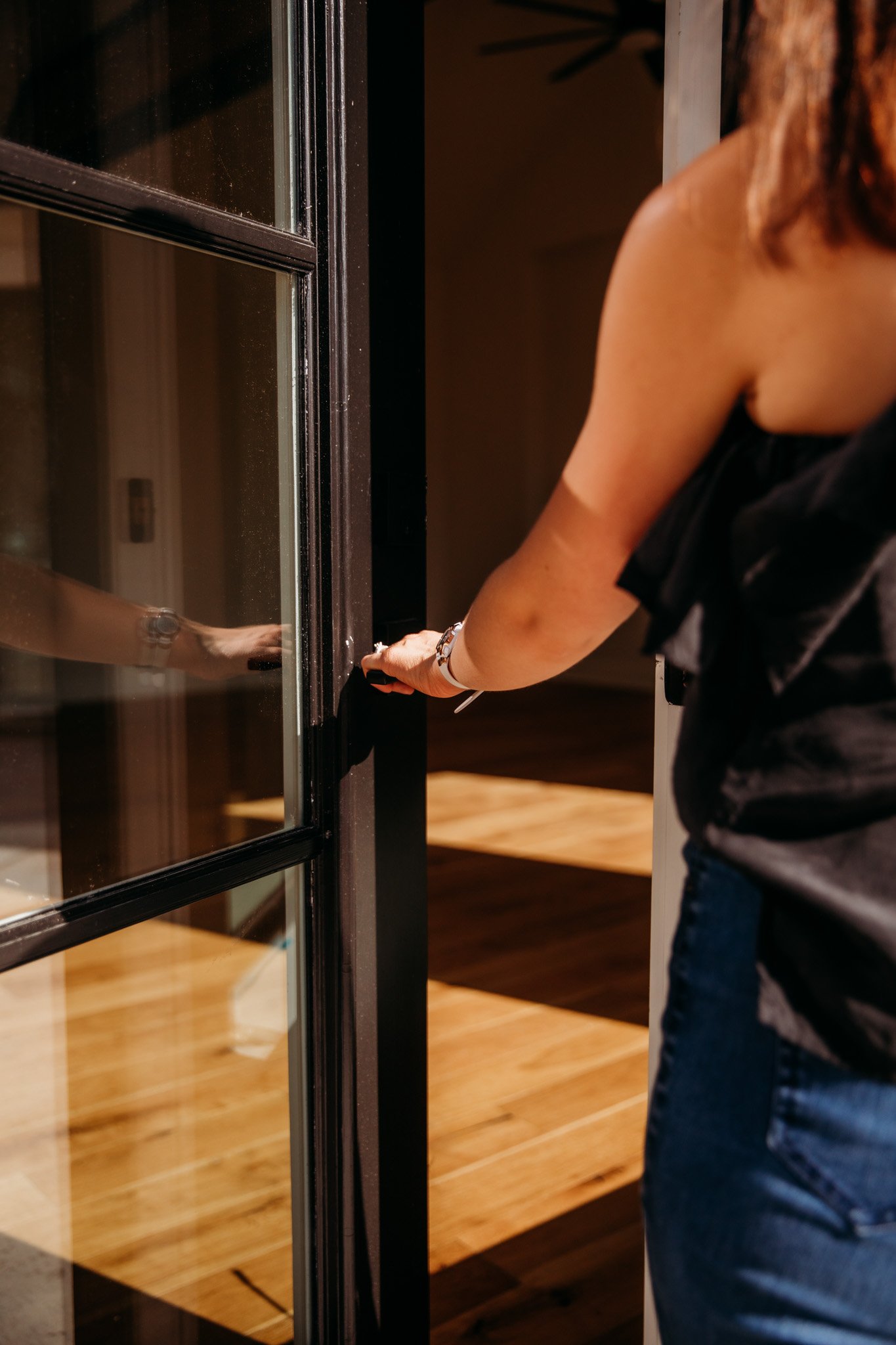Why Children Are More Vulnerable To Toxic Home Builds & Remodels (And What To Do About It!)
Children depend on adults for everything, including protection from environmental threats. While building or remodeling your home is exciting, what if it puts your children's health at risk? Unfortunately, hidden toxins in paint, flooring, water, air, and elsewhere can pose a serious threat to developing bodies.
This blog explores the unsettling truth regarding children’s increased vulnerability to environmental toxins common in home builds and remodels. Unlike adults, their organs and immune systems are still under construction, making them less equipped to fight off these harmful substances.
Here's what you'll learn:
Why children are anatomically, physiologically, and behaviorally more susceptible to toxins during a home build or renovation.
Where toxins like lead, mercury, arsenic, formaldehyde, and VOCs may lurk in your home.
Tips for protecting children during construction: Gain actionable advice on open communication with contractors, lead testing, limiting exposure, ventilation strategies, and choosing safe building materials.
How to take action and create a safe, healthy home for your little ones.
Why are children more vulnerable to environmental toxins?
Children's bodies are still developing. Their organs and immune systems are immature and less equipped to detoxify and eliminate harmful substances. Additionally, their behavior and physiology put them at a higher risk of exposure .
Understanding Anatomy, Organ Immaturity, and Behavior:
Respiration: Compared to adults, children breathe more air in proportion to their body weight. This means they inhale more dust, chemicals, and other pollutants present in the air.
Increased Hand-to-Mouth Activity: Young children explore the world through their mouths, putting them at risk of ingesting dust, lead paint chips, or other contaminated objects.
Skin Absorption: Children's skin is thinner and more permeable, allowing toxins to enter the bloodstream more readily through contact.
Developing Organs: Organs like the brain, lungs, and immune system are still maturing in children. These organs are less equipped to eliminate toxins and more susceptible to lasting negative effects.
Higher Water Intake: Children also have a proportionately larger daily water intake. This means they may ingest more contaminants present in drinking water.
Behavioral Considerations: Children's curiosity and tendency to explore their environment can put them at an additional disadvantage. They might not understand the dangers of lead paint chips or contaminated dust, increasing their risk of accidental ingestion.
Where Might Toxins Be Found in Your Home Build or Remodel?
Lead:
Primary Concern: Lead paint.
Locations: Homes built before 1978 may have lead-based paint on walls, trim, doors, and even window sills. Lead dust can also be created during renovation projects that disturb lead paint.
Mercury:
Primary Concern: Fluorescent bulbs and certain thermostats.
Locations: Older fluorescent bulbs can contain mercury. Consider using LED alternatives during a remodel. Some older thermostats may also contain mercury.
Arsenic:
Primary Concern: Treated wood and contaminated soil.
Locations: Arsenic-treated wood can be used for decks, fencing, or even some types of landscaping timbers. Settling dust from contaminated soil can enter your home.
Formaldehyde (this one is a biggie in construction):
Primary Concern: Pressed wood products, adhesives, and some insulation materials.
Locations: Particleboard, plywood, and MDF (medium-density fiberboard) are all common building materials that can emit formaldehyde. These are often used in cabinets, furniture, and flooring. Urea-formaldehyde adhesives are used in some plywood and particleboard products. Spray foam insulation can also off-gas formaldehyde. (Check out this blog post on non-toxic insulation.)
Volatile Organic Compounds (VOCs):
Primary Concern: Paints, stains, varnishes, adhesives, and cleaning products.
Locations: During construction or remodeling, VOCs can be emitted from these products as they dry or cure. Opting for low-VOC alternatives can significantly reduce exposure.
How To Protect Children During Home Construction and Remodeling
Open Communication with Your Contractor: Discuss your concerns about environmental toxins and safety from the very beginning. Choose a contractor knowledgeable in low-VOC materials and lead-safe practices (if remodeling an older home).
Lead Testing: If your home was built before 1978, have it tested for lead paint by a certified professional. If lead is found, don't attempt to remove it yourself. Hire a lead-abatement contractor who can safely remove the lead paint.
Limit Time Spent in the Construction Zone: Restrict your children's access to the construction area to minimize their exposure to dust and fumes. Avoid site visits during active construction and keep your kids out of the house during a renovation.
Check out this previous blog “Should You Live In Your Home While Renovating?”
Ventilation Is Your Friend: Open windows and doors whenever possible during and after construction to promote air circulation and remove lingering odors. This helps remove dust particles and VOCs that may off-gas from new materials. This is also important to consider when selecting a move-in date for a new home as you want to ensure all materials have completed off-gassing.
Invest in Safe and Healthy Building Materials: Super important! Work with your contractor to choose low-VOC paints, adhesives, and building materials whenever possible. These products emit fewer harmful chemicals and can create a healthier indoor environment for your family.
Download “10 Non-Toxic Swaps For Your Custome Home”
Building a healthy home is an investment in the health and well-being of your family. By understanding where you and your family are vulnerable, you can create a safe and nurturing environment where even the littlest ones thrive!
P.S. Curious about non-toxic materials to use during your renovation? Download “10 Non-Toxic Swaps For Your Custom Home”




